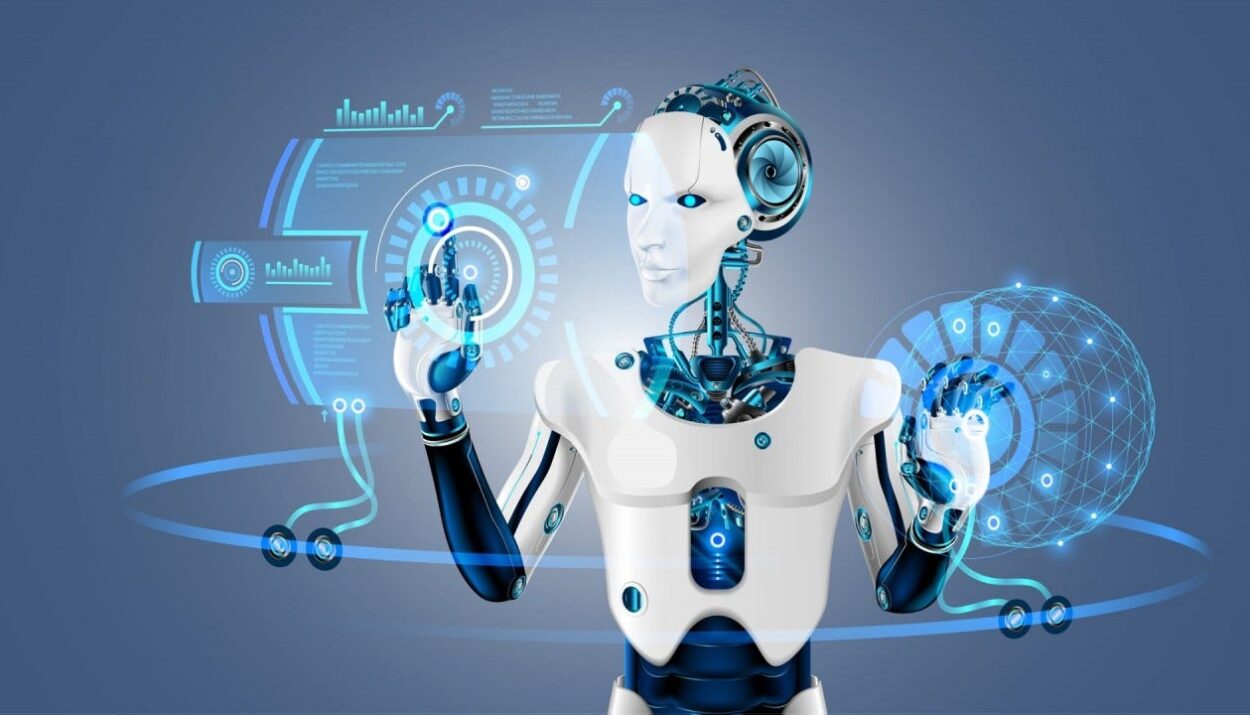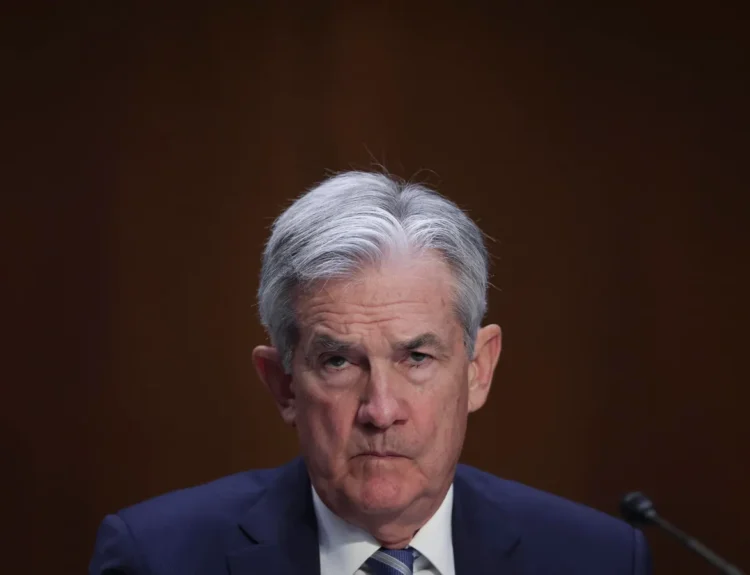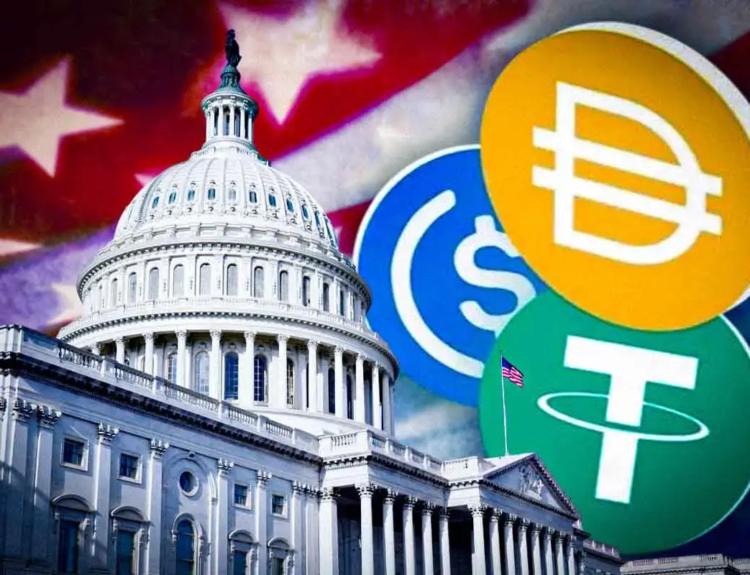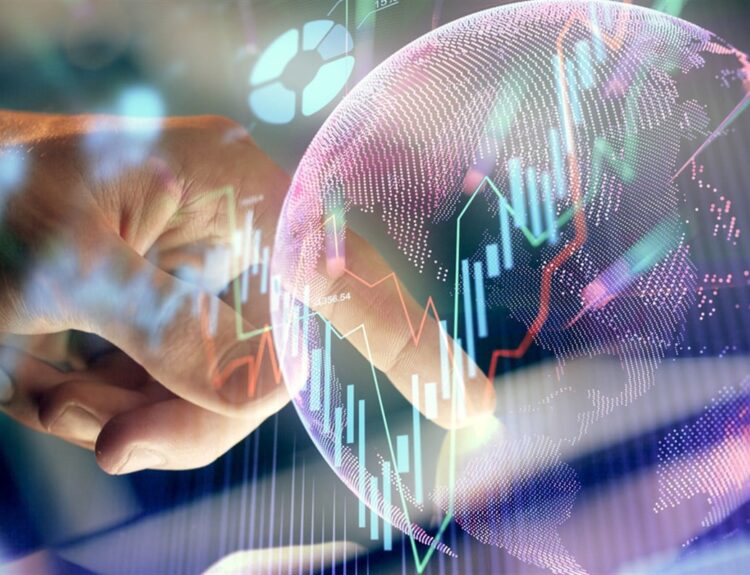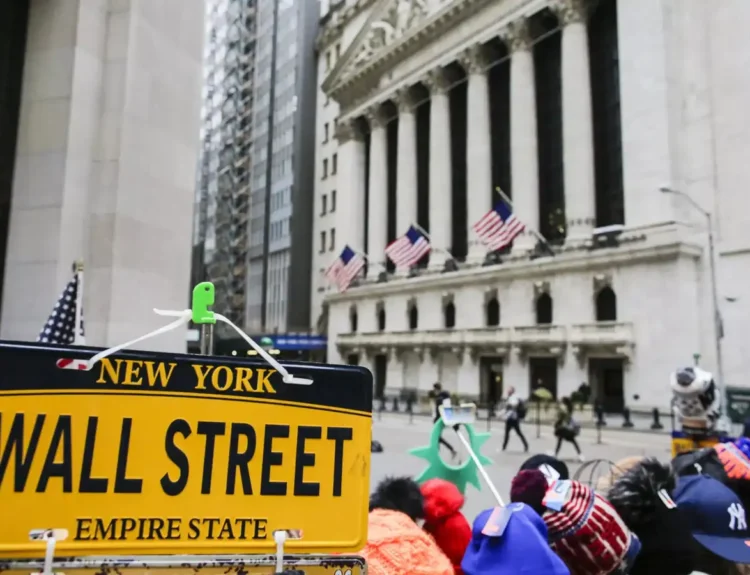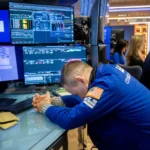Automation and AI aren’t future trends — they’re reshaping the global economy right now. From jobs and wages to productivity and inflation, these technologies are already leaving a deep macroeconomic footprint.
Understanding how automation and artificial intelligence are shifting the foundations of the global economy isn’t just useful — it’s essential for making smart investment decisions in the years ahead.
- 25% of US jobs are at high risk of automation
- AI may add $15.7 trillion to global GDP by 2030
- 97 million new AI-driven jobs expected by 2025
- Productivity surging — but inequality could explode
The Shift Has Already Begun
According to Goldman Sachs, the US stock market has hit a record $63.8 trillion, doubling in size over the last five years. Tech giants — boosted by automation and AI — are driving that wave. But behind this market expansion lies a far more disruptive undercurrent.
AI isn’t the future anymore — it’s the macro present.
Global AI spending has soared from $12B in 2015 to over $154B in 2023, transforming sectors from logistics and healthcare to finance and manufacturing.
Jobs Will Change — or Disappear
McKinsey projects that by 2030, up to 375 million workers may need to switch careers due to automation. In the US alone, 1 in 4 jobs faces a high risk of being automated.
But it’s not all bad news.
AI is expected to create 97 million new jobs by 2025 — especially in data science, robotics, and AI ethics.
The real challenge? Reskilling workers to meet the needs of this new economy.
The Wage Gap Will Widen
High-skilled workers who complement AI — like engineers and coders — are seeing strong wage growth. Meanwhile, low-skilled workers in routine roles face job displacement and wage stagnation.
This is fueling the rise of income inequality, with policy responses like universal basic income (UBI) or taxation of AI-boosted profits back on the table.
Productivity Is Booming
AI has the potential to boost global productivity growth from 1–2% to 3–4% per year over the next decade. That could translate into a $15.7 trillion GDP boost globally by 2030.
- In logistics: automation can cut delivery times by 20%
- In healthcare: AI diagnostics are 40% faster
- In finance: automated trading improves risk management
Inflation Pressure Is Getting Weird
AI drives both deflation and inflation:
- Deflationary: Automation lowers production costs. Some factories cut manufacturing costs by 15%, which reduces consumer prices.
- Inflationary: Demand for AI hardware (semiconductors, robotics) is pushing prices up. Salaries for AI talent are also rising rapidly.
The Fed and investors are closely watching how this balance plays out.
How to Invest in the AI-Powered Macro Shift
Smart investors aren’t just buying AI hype — they’re looking at macro ripple effects:
- Healthcare, logistics, and fintech: poised for disruption
- AI software & automation firms: long-term growth drivers
- EdTech & reskilling: an overlooked opportunity
- ESG & impact investing: firms focused on reducing inequality may lead the next wave
AI and automation are creating a massive structural shift in the global economy. It’s not just about new gadgets — it’s about new power dynamics in labor, wages, inflation, and growth.
Those who recognize the shift early will be best positioned to benefit from it.
Related:
Disclosure: This article does not represent investment advice. The content and materials featured on this page are for educational purposes only.
Elon Musk Launches ‘America Party’ After Breaking With Trump
US Manufacturing Hits 3-Year High, But Tariff Fears Loom
What’s in Tax and Spending Bill That Trump Signed Into Law
F1 The Business: Apple chases Netflix’s Formula 1 playbook
Markets Hit New Highs, Fed Cuts Off Table After Strong Jobs Data; Trade Talks & Tariff Risks Still Loom
Markets Hit Highs After Trump–Vietnam Deal, But All Eyes on US Jobs Report Now
FHFA Chief Claims Powell Lied to Congress; Trump Demands Immediate Resignation


